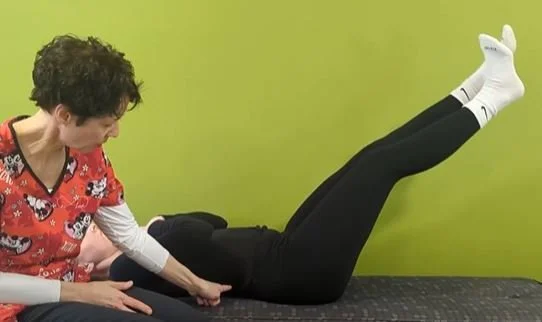This is another one of these are long overdue blogs that finally bubbled up to the surface after 3 patients asked me the same question in less than a week.
There is a lot of interest decompression traction device. And there is a lot of confusion and chaos about which ones are safe and effective and for whom.
Inversion tables are very popular, and successfully used by a lot of patients. However I always caution people who asked me about it depending upon what I know of the underlying condition. This blog is to describe the difference between inversion tables, which are easily accessible over the counter at a lower price point, versus more sophisticated device that we recommend for our patients.
The concept of traction decompression is not new. We have records of Egyptian doctors using crude form of traction 5000 years ago, by hanging people from a rope underneath their shoulders and attaching a weight to their feet. 1st of all, let's describe what traction decompression may be used for. Lay patients will use them for just about anything that feels like a low back pain when stretching it feels good. In our practice, we will use traction decompression primarily for 2 conditions: either a chronic or acute disc prolapse that is associated with nerve root compression down the leg, and responds to flexion decompression challenge in the office. (And have no contraindication to traction, which unfortunately are quite many). The other indication is for people who have degenerative stenosis, whether central and sometimes lateral. In the 1st case, the traction will usually be used for a defined period of time, with option to repeat during relapses. For the latter, patients usually need to use that as an ongoing maintenance tool to manage their condition.
Inversion tables and prone flexion decompression units such as the NUBAX (the loaner equipment we have at the office) try to achieve the same goal but with some notorious differences:
– inversion tables will maintain a lordotic curve and in many cases accentuate the lordosis (if patients have any sort of anterior hip soft tissue or muscular tightness). The NUBAX allows for partial flexion of the lumbar spine away from lordosis in addition to axial decompression. Being able to add flexion can be extremely helpful in stenosis in particular, since extension aggravates central canal narrowing. It can be helpful with disc herniations depending on the location and shape of the prolapse as well.
– Inversion tables will have a much longer and thus less accurate traction lever since the capture the patient either at the knee or at the feet and has no 2nd point of traction. The NUBAX isolates the traction levers right at the lumbosacral spine with the hip strap, as well as the level of the shoulders with the shoulder pads.
– The inversion table requires the patient to be head down for prolonged periods of time, which can be a huge problem and contraindication with patients who have certain types of vertigo, cardiac, like circulation, brain and other neurological issues
– the inversion table with its long lever at the knee or ankle is actually contraindicated for patients with most joint replacement at the knee or hip, something that is not broadly recognized by a lot of patient who self prescribed the unit.
In the end, traction inversion can be a very powerful tool when selected for the right patient, but it's not a panacea for everyone. Once we determine that a patient may be a good candidate for trial of decompression traction, will set them up at the office to learn how to use the loaner unit which they can have for 30 days before deciding if it's something they should purchase for themselves.
https://www.youtube.com/watch?v=_yCYi2ruMN4




















